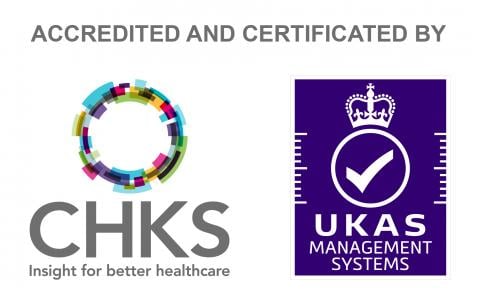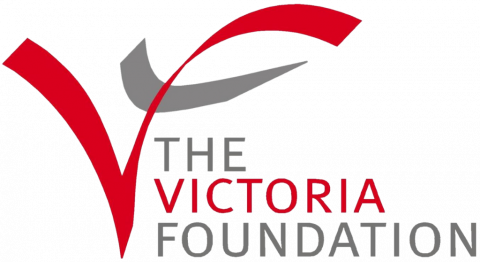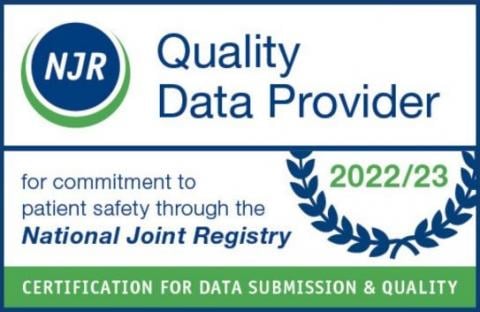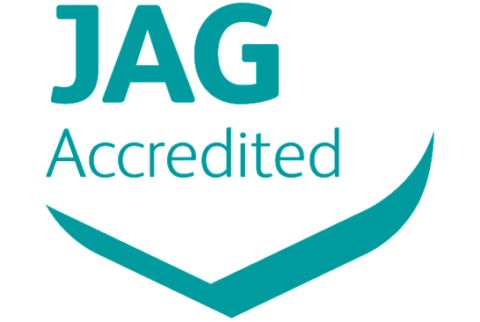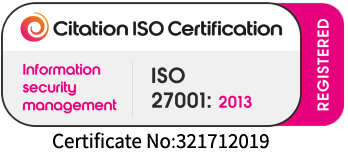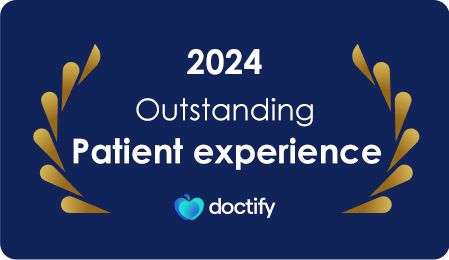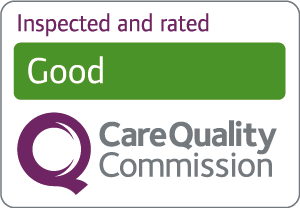
For some of us, the first snow flurries of winter are a clarion call to donning our kaleidoscopic ski gear and hitting the piste post-haste. Nothing can curb our enthusiasm for the adrenaline rush that skiing and snowboarding offer. We become fearless warriors facing the decent, squaring up to mother nature with a glint in our eye and the wind in our hair. Sadly, such fearlessness does not make us impervious to vagaries of fate and the inherent dangers of pitting ourselves against the elements. Consequently, injuries, especially orthopaedic ones, are common, and approximately one third of these involves the knee, as Consultant Knee Surgeon and ski injury and ACL specialist at New Victoria Hospital, Mr Paul Trikha explains.
Skiing and snowboarding injuries: quick facts
Skiing and snowboarding are often considered among the most dangerous sports, and injuries to the knee are the most frequent.
Here some quick facts on ski and snowboarding injuries
- Snowboarders suffer half the rate of injuries of skiers.
- Skiing off-piste raises the risk of injury eightfold.
- Knee injuries from skiing are very common and account for about 1/3 of all skiing injuries.
- In the knee, the anterior cruciate ligament (ACL) and the medial collateral ligament (MCL) are the most commonly injured; meniscal cartilage injuries and fractures are the next most frequent.
What are the most common knee injuries from skiing and snowboarding?
Anterior cruciate ligament (ACL) ski injuries
ACL injuries occur when a skier fails to nail his or her landing and the knee twists unexpectedly, often accompanied by a disconcerting popping sound and an immediate rush of pain, followed by an inability to bear weight on the knee in question.
The job of the ACL is to stabilise the knee joint by preventing the top of the tibia (shinbone) sliding forward on the bottom of the femur (thighbone). About half of all ACL injuries occur in combination with other knee injuries, such as meniscus tears or damage to other structures of the knee, for example articular cartilage and other ligaments. An MRI scan is often required to help establish the diagnosis.
Medial collateral ligament (MCL) ski injuries
Although they do not have a monopoly on such injuries, MCL complaints are commonly associated with novice skiers, as these injuries are more likely occur when in the snow-plough position (i.e skis pointed inwards at the front, tails wider apart). MCL injuries can also be the result of a fall, skis crossing, or a missed landing on a snowboard.
The MCL has the capacity to heal quickly when managed appropriately, without resorting to surgery. In fact many medial collateral injuries can be treated with standard physiotherapy.
In more severe cases the knee will require bracing for up to three months, however surgical reconstruction is rarely needed in isolated MCL injuries.
Meniscus or cartilage ski injuries:
Large meniscal cartilage tears (the meniscus is the cartilage that cushions the thighbone and shinbone) can cause the knee to lock due to a piece of the meniscus having been flipped into the joint, preventing full extension or straightening of the knee. Most large meniscal tears can be repaired with keyhole arthroscopic surgery.
How to manage ski injuries during your ski holiday
Call the police! Don’t panic, not literally! However, applying the P.O.L.I.C.E principle without delay will help to reduce the pain and lessen recovery time. P.O.L.I.C.E is an acronym for Protection and Optimal Loading (knee support or brace with crutches), Ice, Compression & Elevation.
However, if it is a major injury, the P.O.L.I.C.E. approach will only slap a band-aid on a complicated condition.
It is important that you seek professional help on how to best manage your knee for optimum results, until your return home, when you can see a knee specialist.
Do I need surgery for my ACL tear?
Surgery is not for everyone. The treatment of a torn anterior cruciate ligament can be conservative with active participation in a structured rehabilitation programme under the supervision of an experienced physiotherapist. The outcomes for surgical ACL reconstruction are very reliable, allowing over 90% to return to sport, even the slopes, in a reasonable timeframe.
Should I have my ACL repaired (ACL Internal Brace or ACL Ligamys®) or reconstructed?
The current gold standard of care for an ACL rupture is ACL reconstruction using a graft taken from the patient (hamstring, patella or quadriceps tendon). ACL reconstruction is usually effective at restoring joint stabilisation and should be performed soon after the injury, thereby preventing subsequent meniscal or cartilage injury.
ACL repair is a resurging technique and maybe the best option if there is sufficient remaining good quality ACL tissue. There are several new innovative implant techniques such as the InternalBrace™ and Ligamys® ACL systems, which allow preservation and even healing of this ACL tissue.
ACL repair avoids taking any graft from the patient. Other potential benefits associated with ACL repair over reconstruction include preservation of biomechanics, proprioception (a subconscious perception of the movements and positions of the body), and established walking patterns.
When can I return to skiing after ACL surgery?
When you’re near your end of your rehabilitation, your physio will complete ‘return to sport’ testing as part of your end stage rehabilitation. This is a structured battery of tests that reflect the nature of the sport or sports that you are aiming to return to. Typically, this occurs from 6-9 months post injury. However, the risk of re-injury is still high at even two years post-injury, especially in high impact, physically demanding sports such as skiing or snowboarding. Having said this, if you take sensible precautions and look after yourself, there is no reason why you cannot emulate Franz Klammer or Eddie the Eagle for years to come.
If you would like to book a consultation with one of our Consultant knee surgeons, you can call 020 8949 9020 or:



